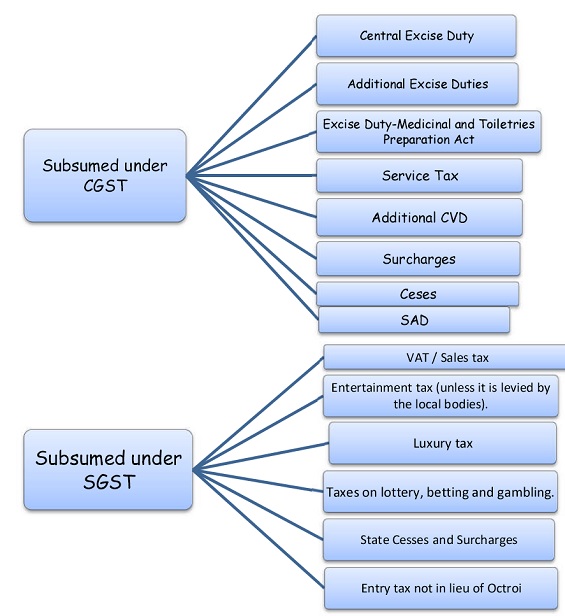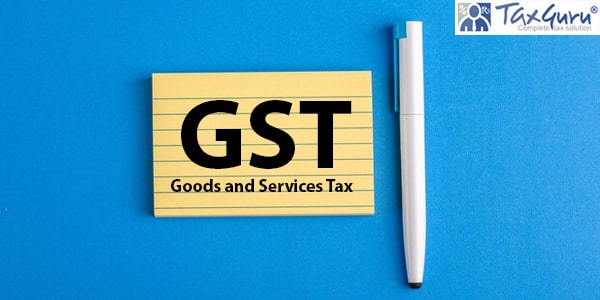Gopal Santosh Darak
 Basically GST stands for “Goods and Service Tax”. The Goods and Service Tax (GST) is likely to be implemented Very soon and many are worried about the same as the many of the people are still confused and illiterate over GST. While writing this I think learning something new is easier than teaching someone something new, so we all should start learning about GST on our own than to wait for implementation of GST.
Basically GST stands for “Goods and Service Tax”. The Goods and Service Tax (GST) is likely to be implemented Very soon and many are worried about the same as the many of the people are still confused and illiterate over GST. While writing this I think learning something new is easier than teaching someone something new, so we all should start learning about GST on our own than to wait for implementation of GST.
GST is proposed to be the comprehensive single Indirect tax levy on Manufacture, Sale, & services too. GST is levied at every stage of production distribution chain with an available set off of tax paid at previous stage of production distribution chain. In GST tax is levied on value addition at each stage of sale or purchases of goods or services. In GST there is no difference in Taxable goods & Taxable services & also they are charged at single rate till they are reached to the consumer.
Recently, The Constitution (122nd Amendment) Bill, 2014 (“GST BILL” As is popularly described) has been passed in Loksabha on 6th May 2015.However the most significant part of this moment was that the bill was passed by more than two-third majority after clause by clause voting.
Main Purpose of GST
- To consolidate the entire indirect tax levy except few into the single tax levy
- To create an efficiency in tax administration
- To allow seamless credit across the entire country & entire supply chain with common tax base.
Features of an Ideal GST-
- Under GST, registration is likely to be linked with the existing PAN.
- The new business identification number was likely to be the 10-digit alphanumeric PAN, in addition to two digits for state code and one or two check numbers for disallowing fake numbers. The total number of digits in the new number was likely to be 13-14 (Also known as BIN -Business Identification Number)
- There might be one common tax return for both taxes, with one copy given to the Central authority and the other to the relevant State authority. Moreover, the returns would likely to be filed online only.
- The tax payment Challan may contain some additional information like amount paid for CGST would also be reflected on SGST Challan & vice a versa.
Taxes likely to be subsumed under GST-
 Benefits of comprehensive GST-
Benefits of comprehensive GST-
- Implementation of GST would abolish the multiple types of taxes on goods & services.
- It would reduce the effective rates of tax.
- It would reduce the compliance cost.
- It would help to reduce the cascading effect of taxation.
- It would reduce the cost of production of goods & services which would result in increased demand & production of goods & services.
- It would reduce litigation & ultimately corruption as there would be no ambiguity about taxes.
- It would reduce the tax rates by broadening of tax base which would ultimately increase the revenue to central & state government.
- Investment decisions would be made on purely economic concerns independent of tax considerations.
- Recent study of impact of GST on foreign trade indicates that GST would result in significantly higher Exports than that for imports.
- Another big benefit is considered that, GST implementation in Canada has increased their GDP by 1.4%. The similar positive effects are also expected in India which would be the biggest benefit of GST.
Current Scenario-
While the Government has crossed its first major hurdle by passing Constitution (122nd Amendment) Bill, 2014 (“GST BILL”), Now it will be interesting to see how it deals with the challenge in Rajya Sabha where it does not enjoy the power of majority.






















provide in Hindi
It if fine and simple to understand.
Thanks for your efforts.